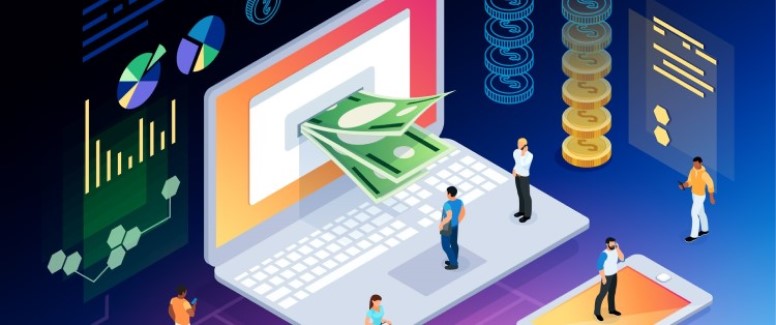Menu
-
-
COURSES
- Tax-Exemption
- Credit Building
- Books/Discourses
-
Mentor Program Series
- Adding and Removing Individuals from The Trust
- Asserting Personal Freedom: Navigating Vaccine Exemption for Individual Sovereignty
- Employment Tax Options with a Trust: A Comprehensive Guide
- Establishing A Trust Abroad
- Estate Planning Mastery
- Exploring Free Housing Opportunities
- Mastering Student Loan Repayment: A Game-Changing Strategy
- Maximizing Benefits: Navigating the EBT Application
- Property Tax Exemption: A Comprehensive Solution for Property Owners
- The Trust As A Business
- Trust Strategies for Secure Vehicle Ownership
- Unlocking Savings: Discounted Wi-Fi and Phone
- Waive Any Court Fees
-
ABOUT
- FAQS
- TESTIMONIALS
- BLOG
- CONTACT
-
MY COURSES
-
- Login
-
United States (USD $)

Add description, images, menus and links to your mega menu
A column with no settings can be used as a spacer
Link to your collections, sales and even external links
Add up to five columns
Add description, images, menus and links to your mega menu
A column with no settings can be used as a spacer
Link to your collections, sales and even external links
Add up to five columns

Banking Made Simple: Let's Break It Down
October 14, 2023 2 min read

Ever wondered how the whole banking thing actually works? It might sound like a head-scratcher, but stick around, and we'll unravel the mysteries of the banking world in plain and simple terms. So, let's dive right in!
**Banking in a Nutshell**
Believe it or not, banking is all about loans and deposits. Picture this: you walk into a bank, looking for a loan, maybe to snag that dream house or a cool ride. But here's the twist—banks rarely hand out stacks of cash. Instead, they set up a deal where you get the cool stuff (like a house) and, at the same time, owe them some dough, which is your loan. So, if your dream home is worth $100,000, your loan might end up at a cool $300,000 with interest.
**Assets and Liabilities**
Now, here's where it gets interesting. When a bank dishes out a loan, they're not just helping you out; they're also beefing up their own assets. In our scenario, the bank now has an asset worth $300,000, which is the cash they expect to roll in from your payments. But remember, every action in finance has a reaction. In this case, the bank also takes on a liability equal to the deposit in your account. But wait, what's the deal with this deposit stuff?
**The Lowdown on Deposits**
When you get a loan, you might wonder where the moolah is coming from. Well, it's not exactly a deposit. The bank doesn't slap a wad of cash in your hand—instead, they give you an asset (like the house) and simultaneously record a liability (your loan). In simple terms, they're creating money out of thin air, but this money comes with strings attached in the form of a future repayment.
**The Banking Game**
At this point, you might think, "Hey, banks are running a slick operation!" They're creating assets and liabilities at the same time, which can seem like a sweet deal. But remember, every loan comes with a responsibility to pay it back, often with some extra for interest.
**Dealing with Debt**
If you've ever questioned the legitimacy of repaying your loans, you're not alone. Some folks argue that the way banks work lacks transparency. After all, there's often no paper contract when you get a loan. But here's the deal: when you take a loan, you're making a choice to pay it back, plain and simple.
**Breaking Free from Debt**
If you're feeling trapped by debt or just want to explore your financial options, there's something called the "Debt Savior System." Lots of folks have found success with it, and it's all about getting you out of that money squeeze. With tons of happy customers backing it up, it's worth checking out if you want to regain control of your financial future.
**Conclusion**
In the end, banking, for all its complexities, boils down to loans, assets, and liabilities. While it might look like banks are playing a slick game, borrowers need to understand the responsibility that comes with taking out a loan.
Subscribe
Sign up to get the latest on sales, new releases and more …